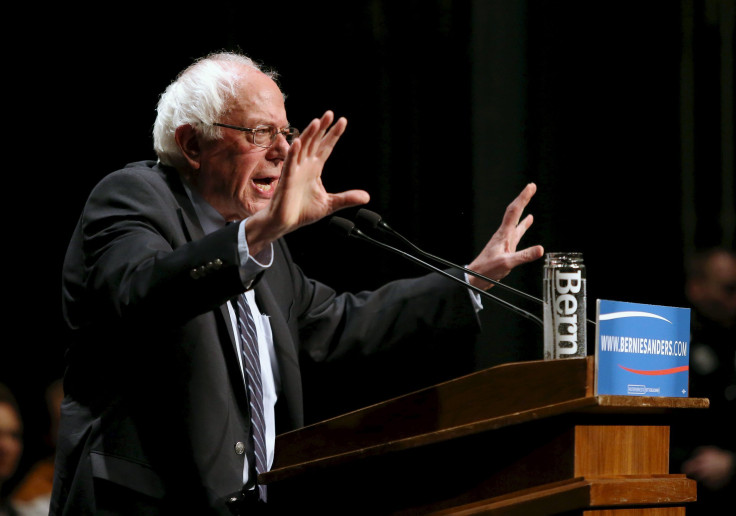Bernie Sanders' Climate Plan: Democratic Presidential Candidate Pledges Deeper Emission Cuts, Carbon Tax

Vermont Senator Bernie Sanders unveiled Monday an ambitious plan to tackle climate change, setting a target of reducing U.S. carbon emissions by 40 percent over 1990 levels by 2030 -- a target that goes much beyond President Barack Obama’s pledge to cut emissions by 32 percent in the next 15 years, compared to 2005 levels.
In the 16-page proposal, released as negotiators in Paris attempt to hammer out an agreement that would keep global temperature rise within the internationally accepted 2 degree Celsius (3.6 degree Fahrenheit) level, the Democratic presidential candidate also set a goal of creating a 100 percent clean energy system and a “clean-energy workforce” that would provide jobs to 10 million Americans. However, he did not set a deadline or a timetable for doing so.
“If we do not act boldly the situation will only become much worse in years to come in terms of drought, floods, extreme storms and acidification of the oceans,” Sanders said, in a statement accompanying the proposal. “While fossil fuel companies are raking in record profits, climate change ravages our planet and our people -- all because the wealthiest industry in the history of our planet has bribed politicians into ignoring science.”
Sanders’ proposal aims to build on Obama’s push to repeal billions in tax subsidies to oil, gas and other fossil fuel companies, and could build pressure on Hillary Clinton -- his main rival for the Democratic Party’s nomination for the 2016 presidential election -- who laid out her climate change plan in July.
While she initially refused to explicitly oppose the controversial Keystone XL pipeline -- a litmus test of Democratic candidates’ climate credentials -- Clinton voiced her opposition to the project in September after Sanders urged her to.
Sanders also said, in the statement released Monday, that he would seek to impose a tax on carbon dioxide polluters, and “return billions of dollars to working families to ensure the fossil fuel companies don’t subject us to unfair rate hikes.”
“The carbon tax will also protect those most impacted by the transformation of our energy system and protect the most vulnerable communities in the country suffering the ravages of climate change,” the plan said.
Additionally, Sanders also supported an outright ban on offshore drilling, Arctic drilling, natural gas exports and fracking, and said he would oppose attempts to lift a decades-old ban on crude oil exports.
However, the idea of levying a carbon tax on the worst polluters in the country has remained a non-starter with most Congressional Republicans, who have, in the past, tried to block Obama’s plan to do so.
“Sadly, we now have a Republican Party that is more concerned about protecting the profits of Exxon, BP and Shell and the coal industry than protecting the planet,” Sanders said, in the statement.
© Copyright IBTimes 2024. All rights reserved.












